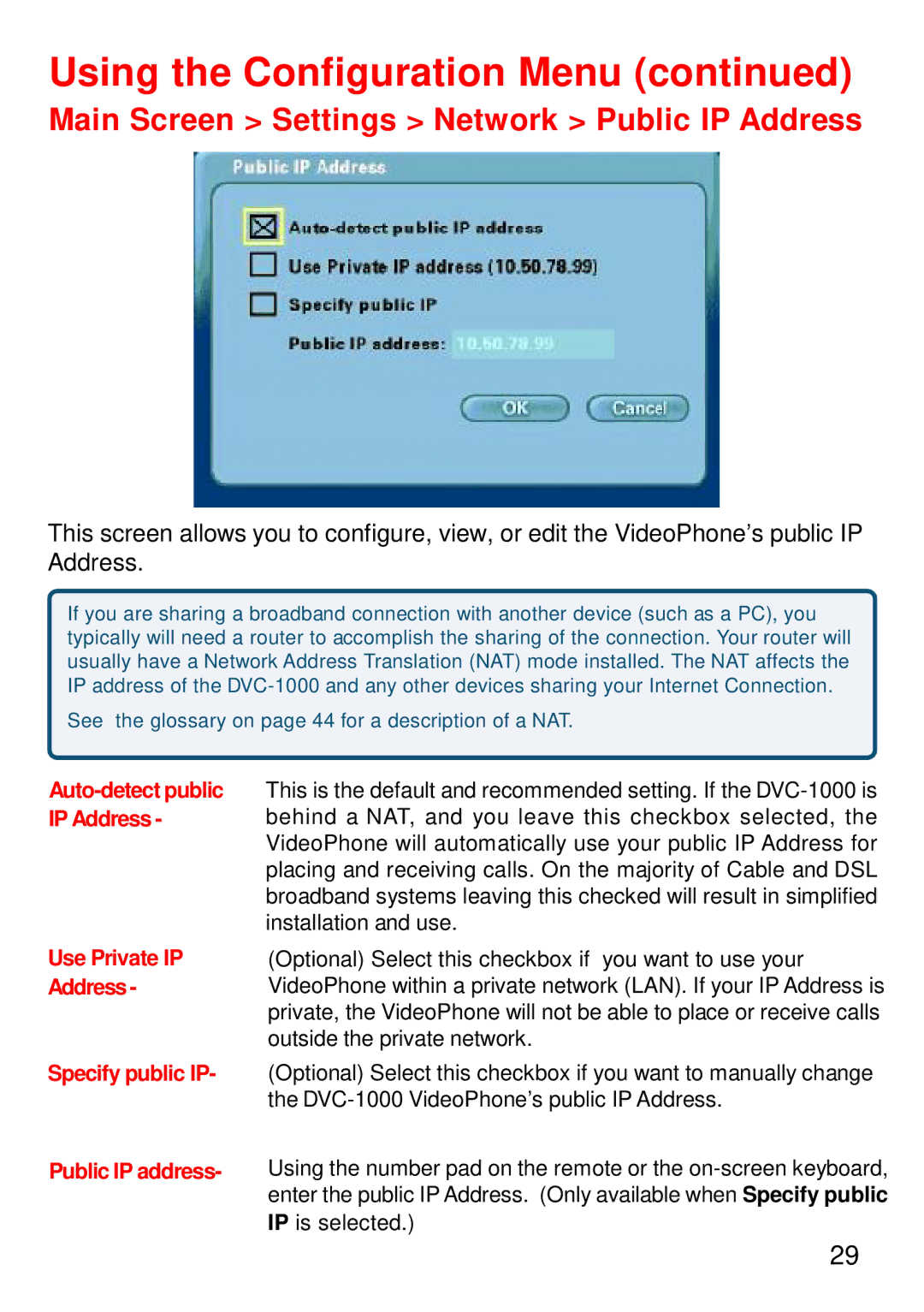DVC-1000 specifications
The Cisco Systems DVC-1000 is a versatile device designed to enhance audio and video surveillance capabilities in security and monitoring applications. As part of Cisco's line of digital video conferencing and surveillance solutions, the DVC-1000 provides a blend of advanced technology and user-centric features that make it a valuable asset for both enterprise and government sectors.One of the main characteristics of the DVC-1000 is its high-definition video capabilities. It supports various resolutions, providing clear and detailed footage that is crucial for identifying subjects in security scenarios. The device is equipped with advanced compression technology, enabling it to manage bandwidth effectively without compromising video quality. This makes it an ideal solution for environments where bandwidth may be limited or where multiple cameras are in use.
The DVC-1000 is also characterized by its scalability. It can seamlessly integrate with existing Cisco video surveillance systems or work independently, thereby fitting into a wide range of infrastructures. Its compatibility with both analog and IP-based cameras provides flexibility to users, allowing them to tailor their surveillance solutions according to their specific needs.
Another significant feature is the DVC-1000's robust security protocols. The device employs end-to-end encryption, ensuring that the video streams are safeguarded against unauthorized access. Additionally, it supports various authentication methods, allowing organizations to control user access and maintain high levels of security across their networks.
In terms of management, the DVC-1000 offers user-friendly interfaces and supports various management software platforms, making it simple for administrators to set up, monitor, and maintain their video surveillance systems. Its remote management capabilities allow users to access the device from different locations, facilitating real-time monitoring and maintenance.
Finally, Cisco's commitment to quality and reliability is reflected in the DVC-1000's durable design. Built to withstand a range of environmental conditions, the device ensures consistent performance, making it suitable for both indoor and outdoor installations.
In conclusion, the Cisco Systems DVC-1000 is a feature-rich device that combines high-definition video capabilities, security, scalability, and ease of management, making it an excellent choice for organizations looking to enhance their surveillance and video conferencing systems. Its advanced technologies and robust design ensure reliability and effectiveness in a wide array of applications.

